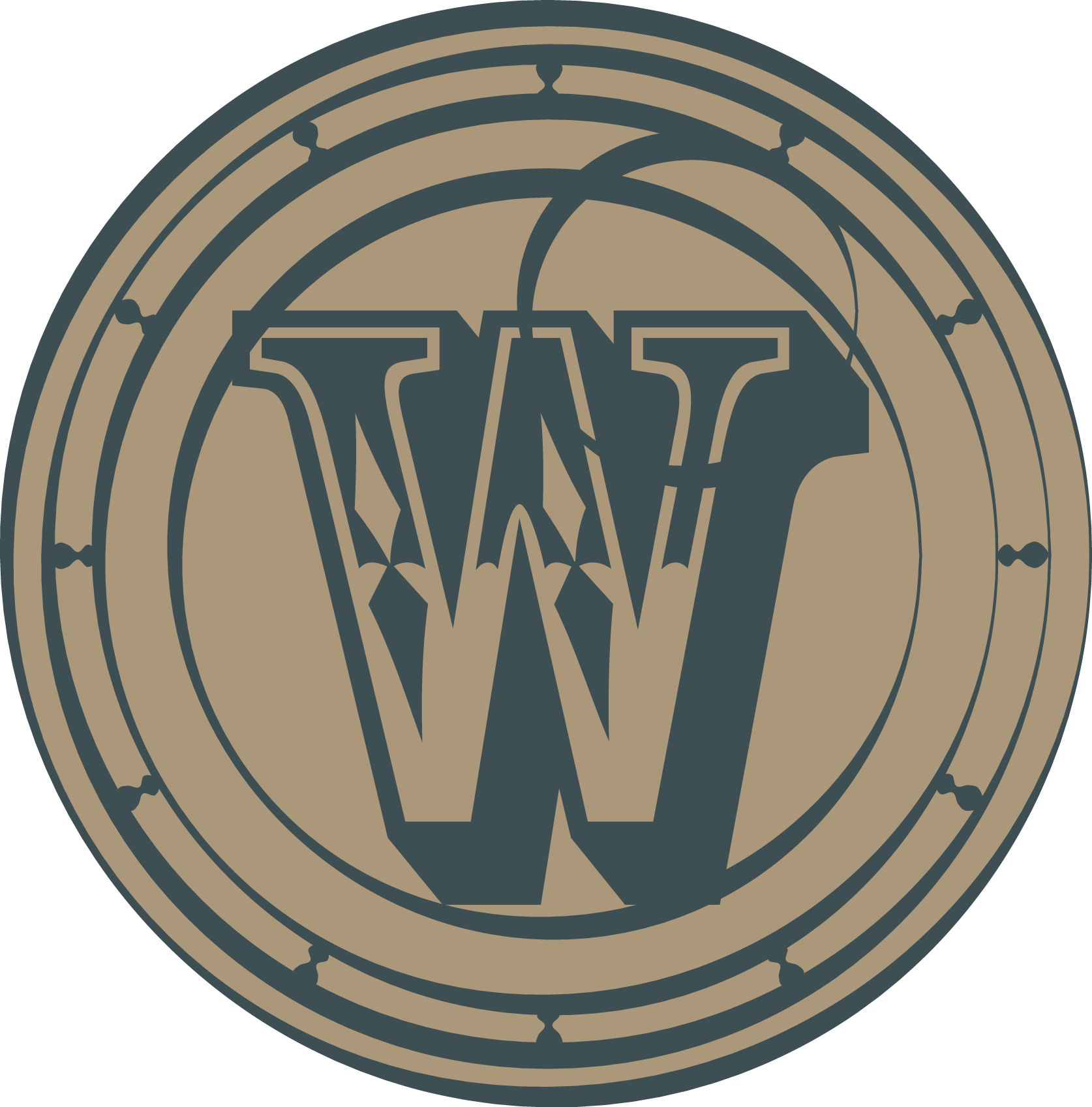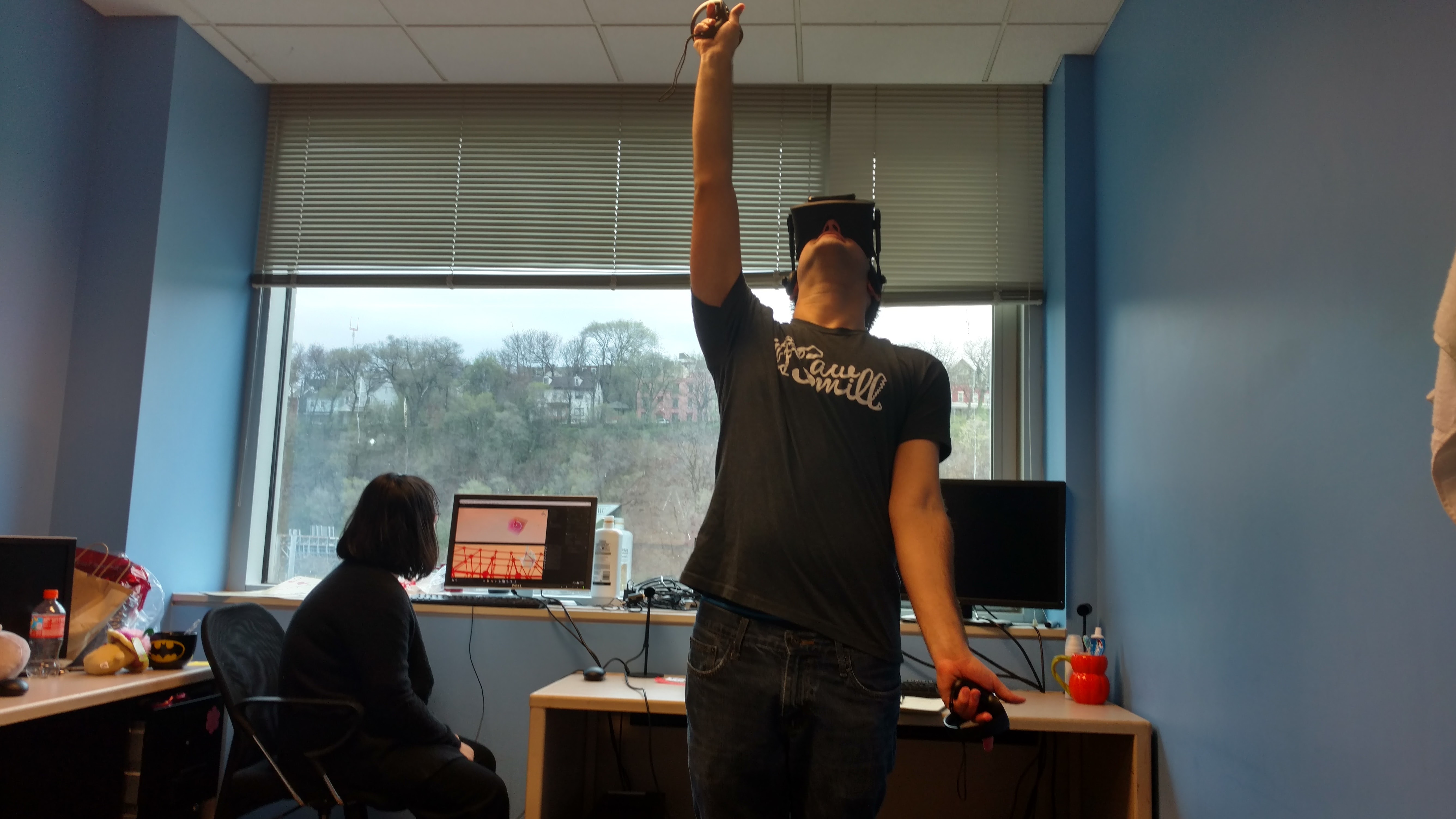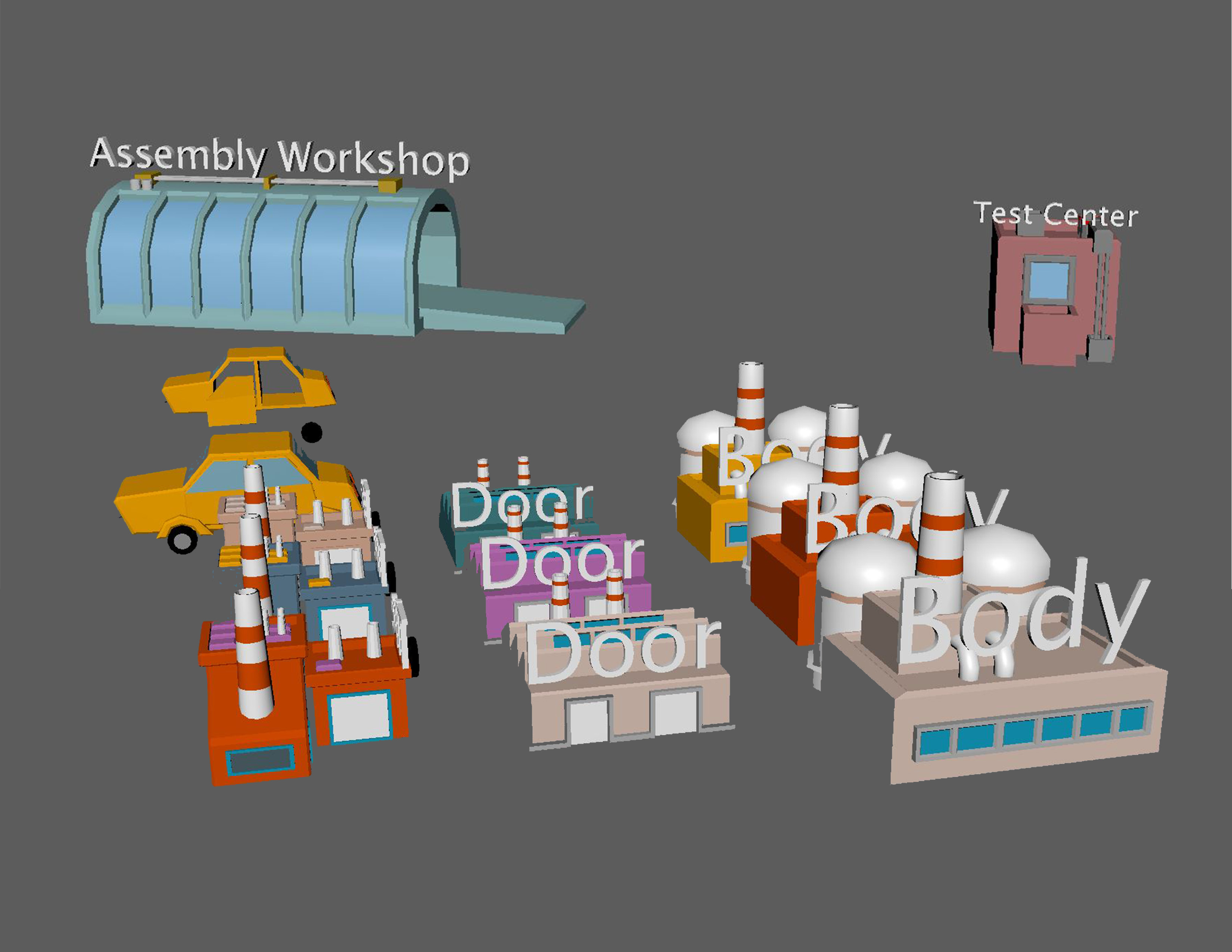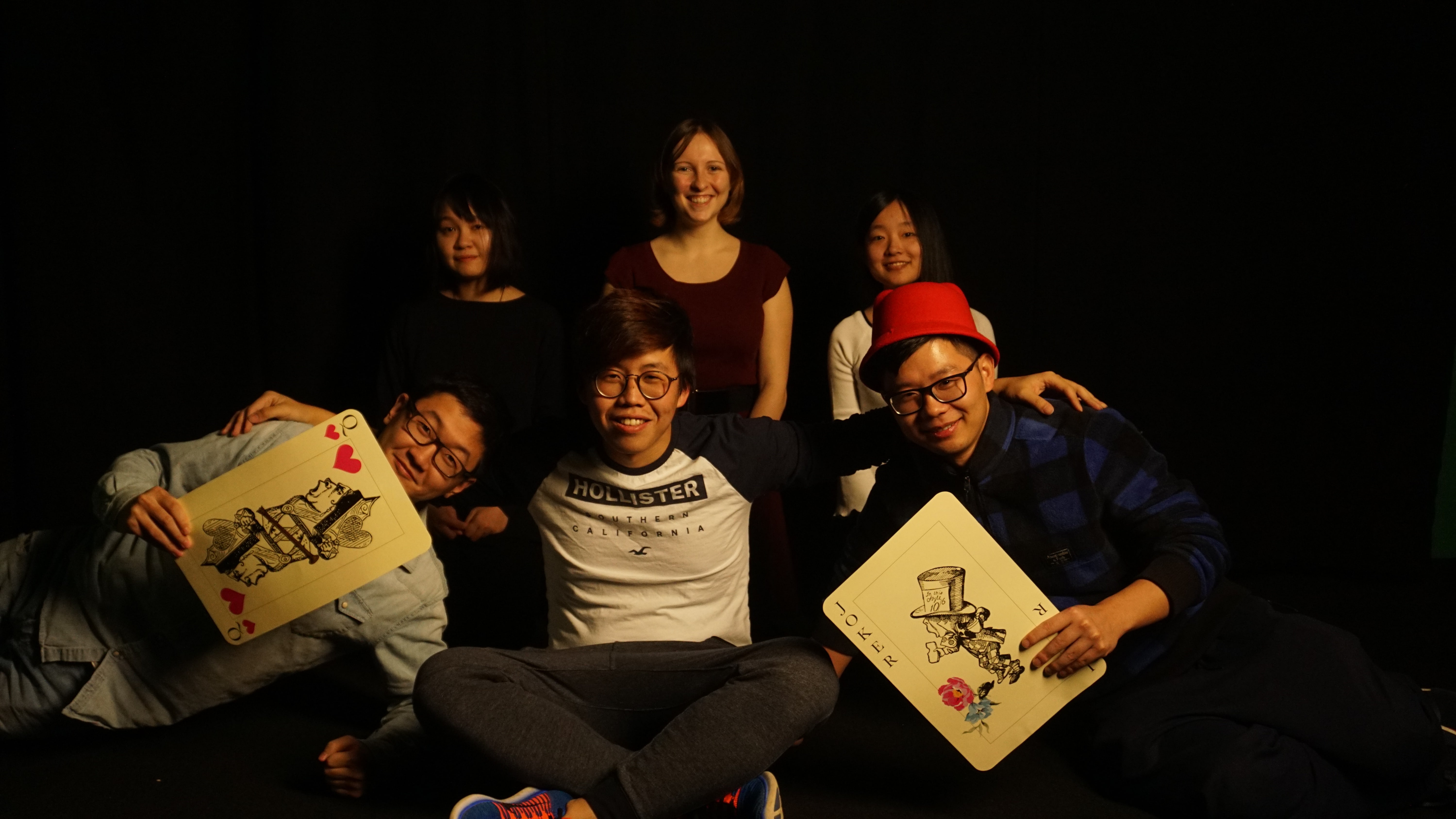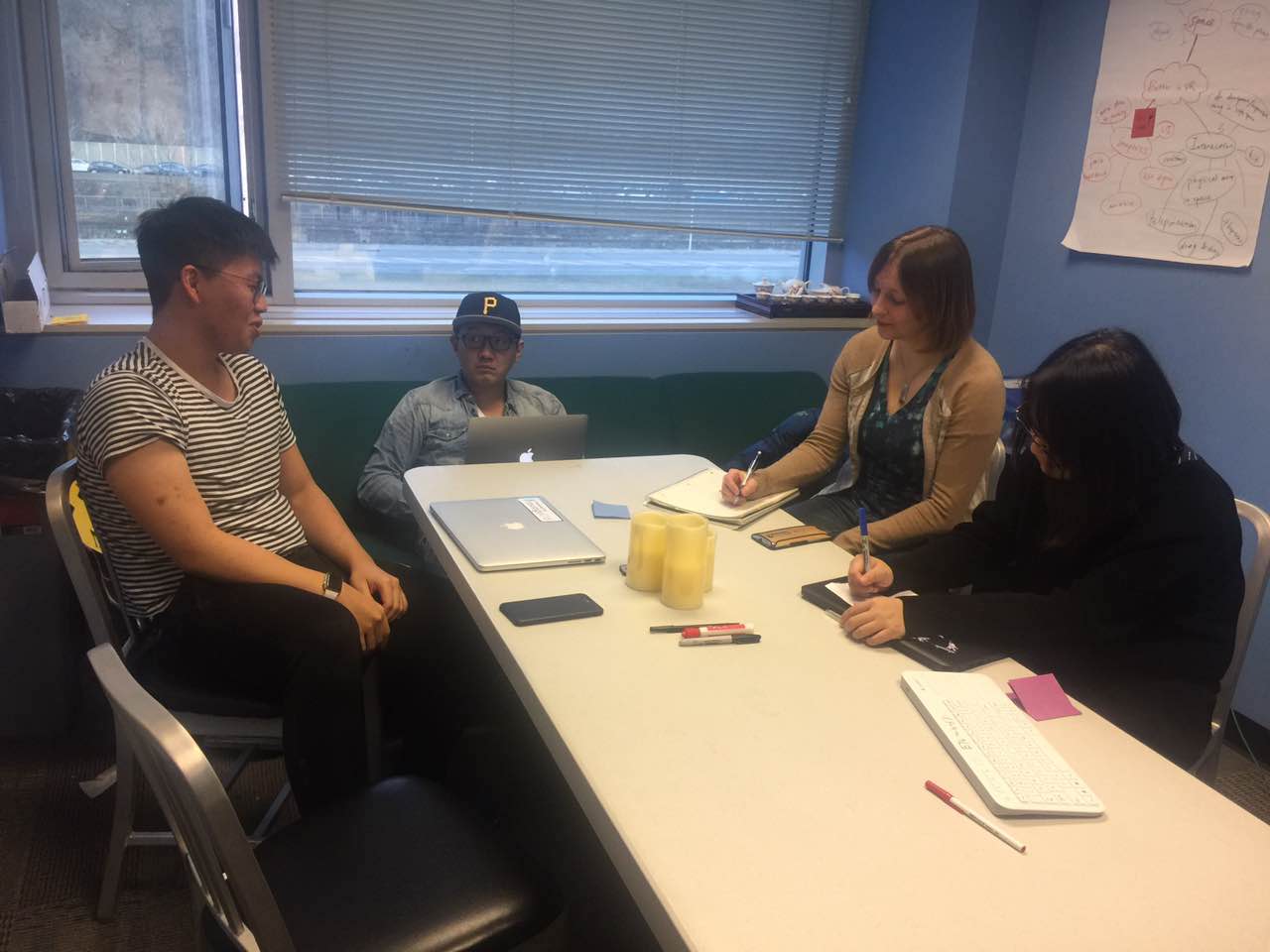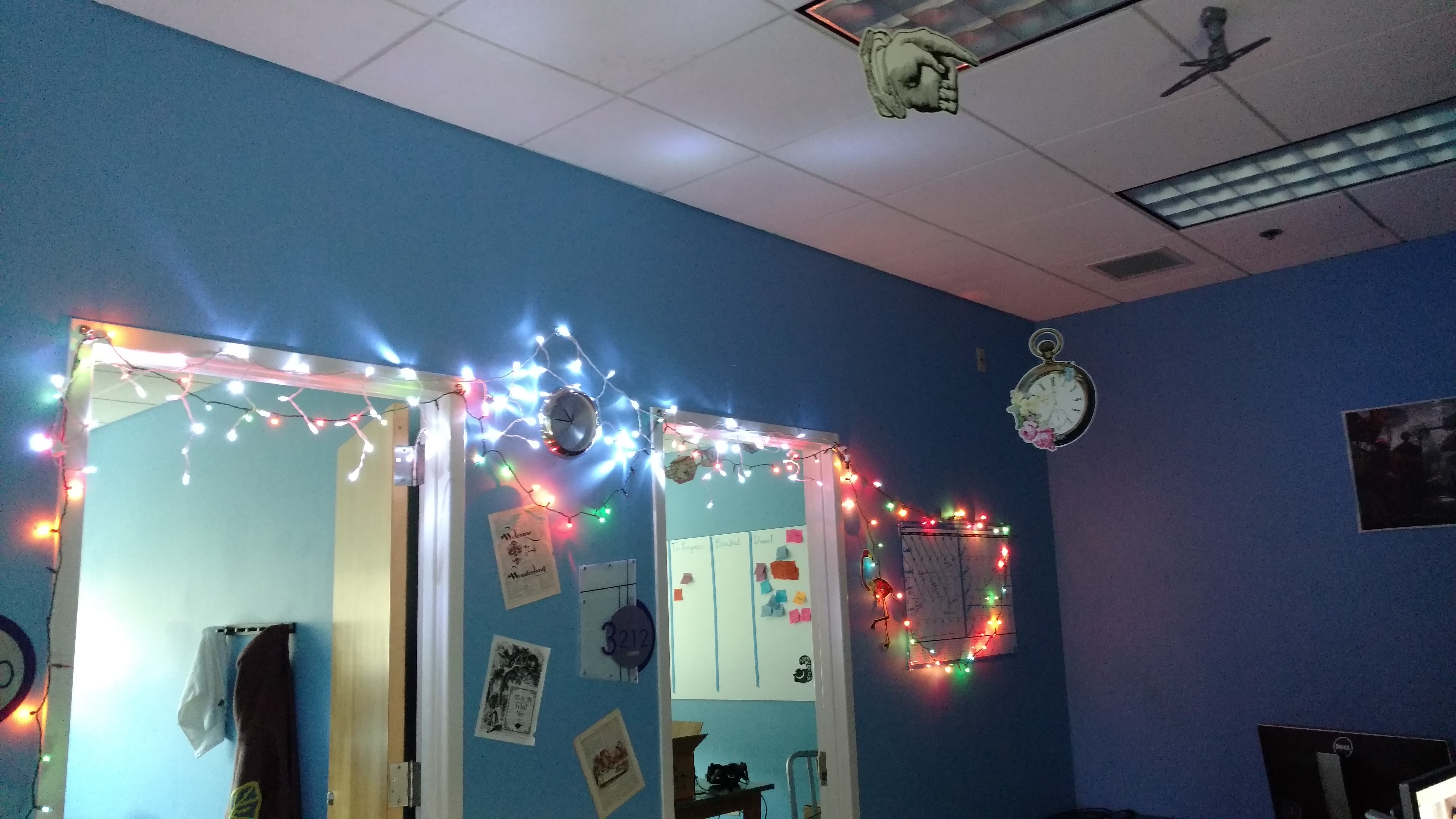This has been a relatively quiet week here in Wonderland. We’ve made great progress on our current prototypes throughout the week and started detailing what our documentation will look like and how much time we’ll need to spend on it. We also had the opportunity to show a few of our prototypes to young students as part of an Alice workshop put on by the YWCA, which was lots of fun, and we have some great opportunities to playtest with local computer science teachers early next week.
Color Cube
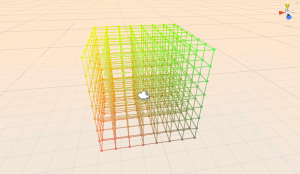 The fundamental interactions of the Color Cube prototype are largely complete. We spent quite a bit of time this week trying to make sure that the movement of the cube does not cause motion sickness, as it is intended to resemble a cube of jell-o, so it shifts and jiggles as the guest interacts with it. In fact, the most exciting part of this week for Luna was changing the movement of the cube to a 3D mass-spring system, which makes the splitting and vibrations of the cube more realistic (and less dizzying).
The fundamental interactions of the Color Cube prototype are largely complete. We spent quite a bit of time this week trying to make sure that the movement of the cube does not cause motion sickness, as it is intended to resemble a cube of jell-o, so it shifts and jiggles as the guest interacts with it. In fact, the most exciting part of this week for Luna was changing the movement of the cube to a 3D mass-spring system, which makes the splitting and vibrations of the cube more realistic (and less dizzying).
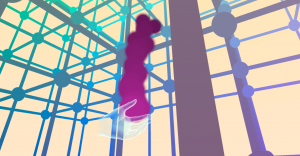 We also integrated a user interface that shows the color the guest is attempting to find and the current average color of the cube when the guest flips their hands over. The particles that show up on the left hand indicate the target color and the particles that show up on the right hand show the average color of the cube. However, when we tested this with several of our classmates, they told us that while it is a cool experience it is hard for them to get the idea of a binary search from it because the area being searched shrinks and expands in a confusing way. For next week, we’re hoping to modify the user interface and the design to better convey the concept.
We also integrated a user interface that shows the color the guest is attempting to find and the current average color of the cube when the guest flips their hands over. The particles that show up on the left hand indicate the target color and the particles that show up on the right hand show the average color of the cube. However, when we tested this with several of our classmates, they told us that while it is a cool experience it is hard for them to get the idea of a binary search from it because the area being searched shrinks and expands in a confusing way. For next week, we’re hoping to modify the user interface and the design to better convey the concept.
Clothing Supply
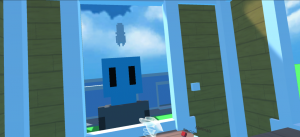 For the Clothing Supply prototype, we iterated on the idea and changed it slightly to a robot/humanoid building experience. There are several reasons for that choice. First, since none of us has extensive experience with modeling cloth materials, it makes more sense to use simple shapes. Second, we couldn’t think of enough stages for the player to “build” a piece of clothing (For our design in the game, we have three stages, but making clothing really only involved two the way we had set it up). Third, Nick found some suitable assets from internet that could facilitate the development process.
For the Clothing Supply prototype, we iterated on the idea and changed it slightly to a robot/humanoid building experience. There are several reasons for that choice. First, since none of us has extensive experience with modeling cloth materials, it makes more sense to use simple shapes. Second, we couldn’t think of enough stages for the player to “build” a piece of clothing (For our design in the game, we have three stages, but making clothing really only involved two the way we had set it up). Third, Nick found some suitable assets from internet that could facilitate the development process.
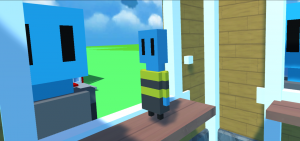 After Nick iterated the new design with John, he distributed the tasks among himself, Joe and Zach. Joe was able to complete the main logic in the game in about one day, while Zach did a great job in modeling as well. Nick focused more on the design, setting things up in unity, and iterating on the interactions. We are almost done with the development phase of this prototype. By next Tuesday, expect to be able to test it with peers in ETC.
After Nick iterated the new design with John, he distributed the tasks among himself, Joe and Zach. Joe was able to complete the main logic in the game in about one day, while Zach did a great job in modeling as well. Nick focused more on the design, setting things up in unity, and iterating on the interactions. We are almost done with the development phase of this prototype. By next Tuesday, expect to be able to test it with peers in ETC.